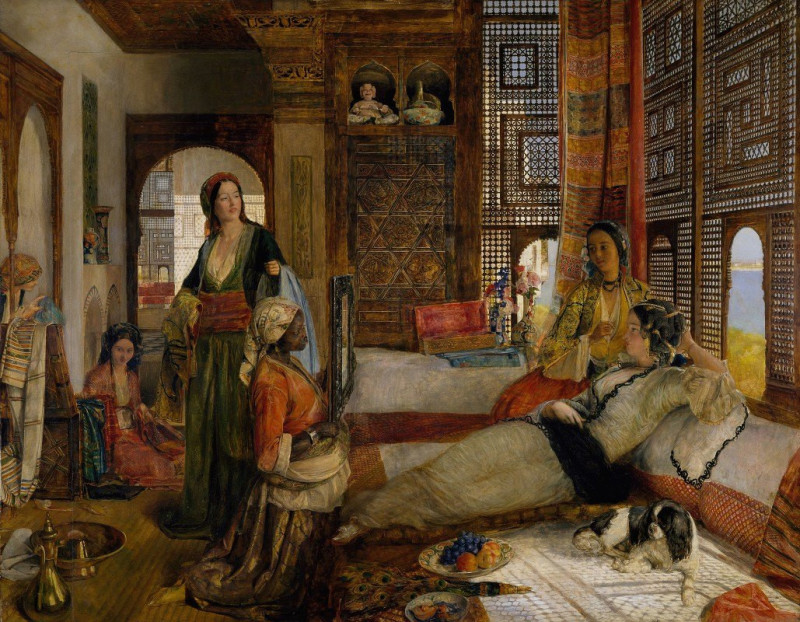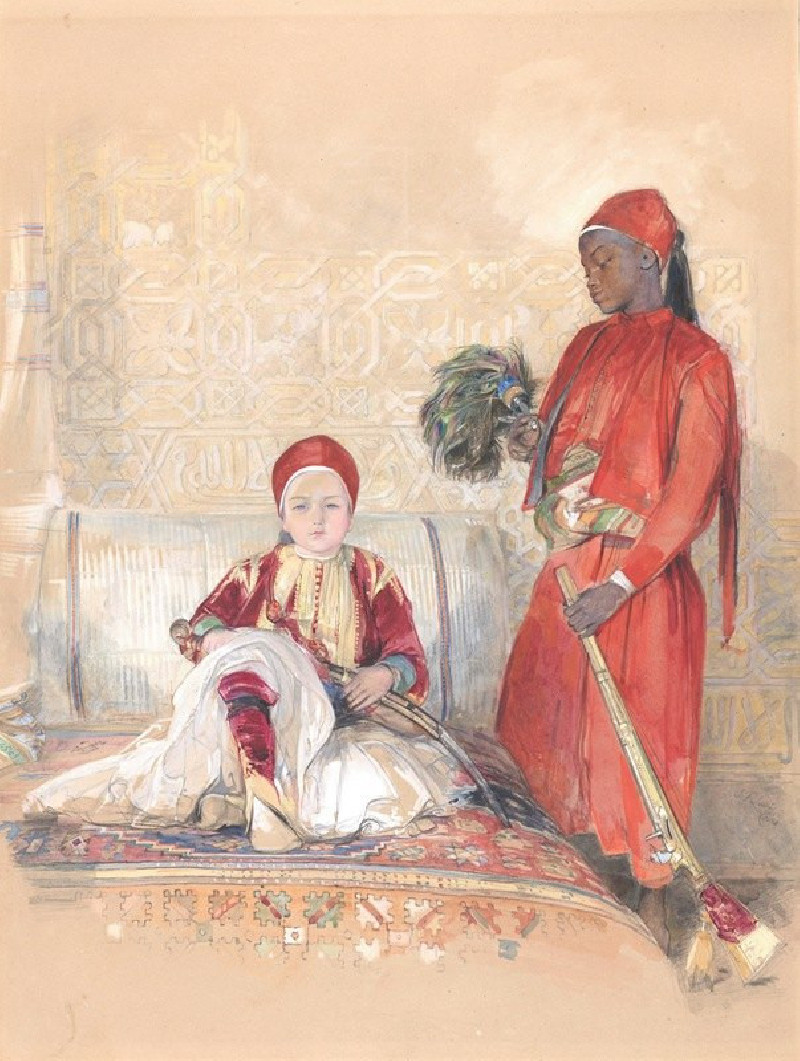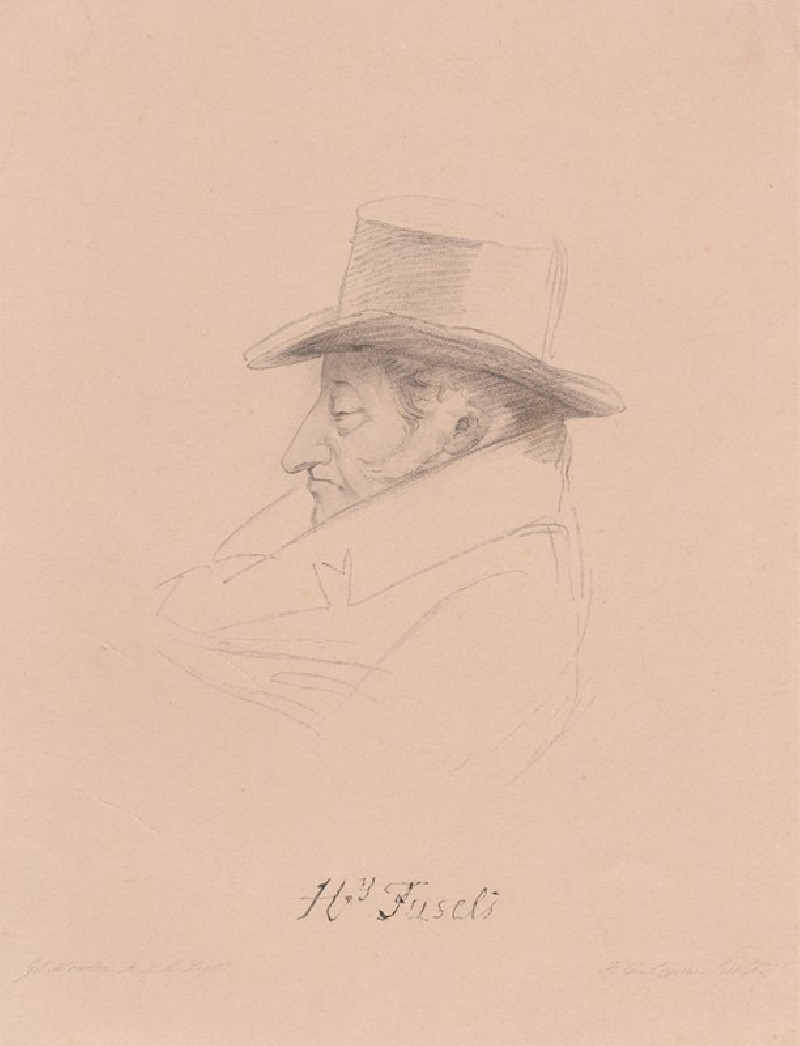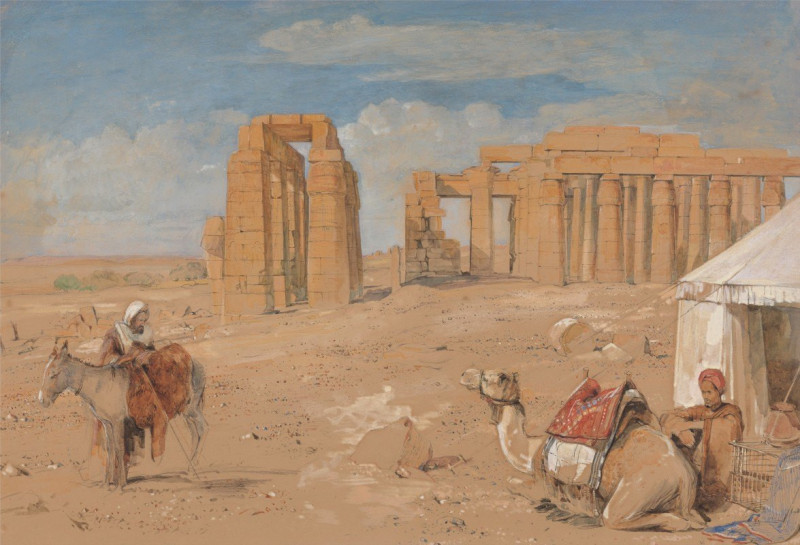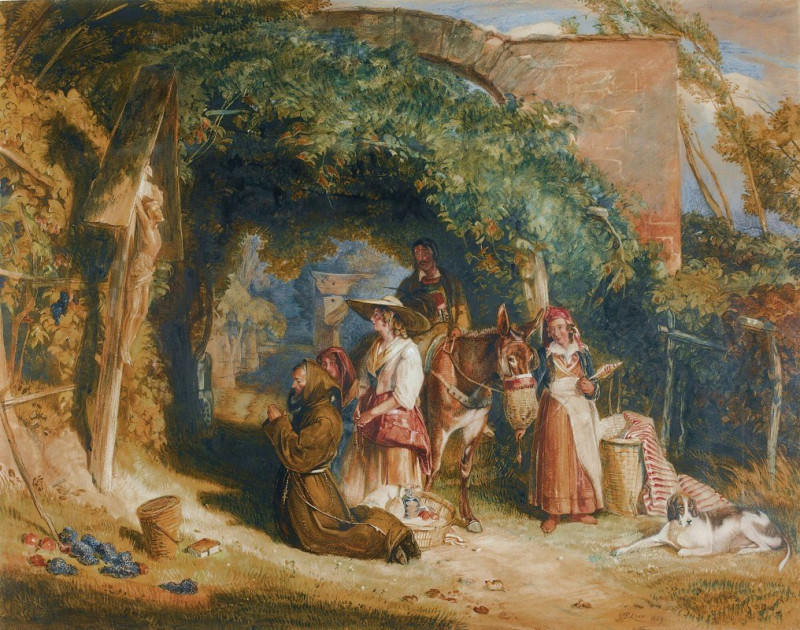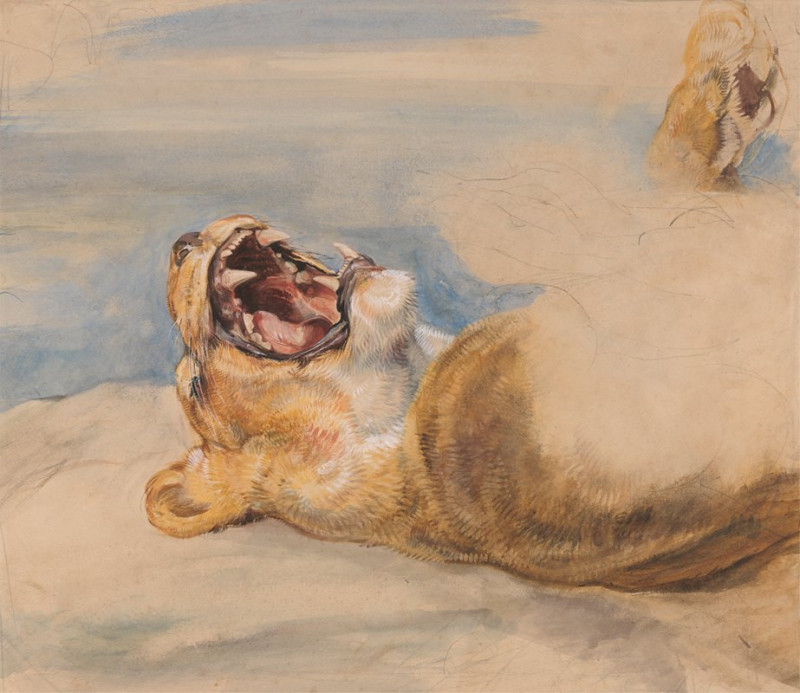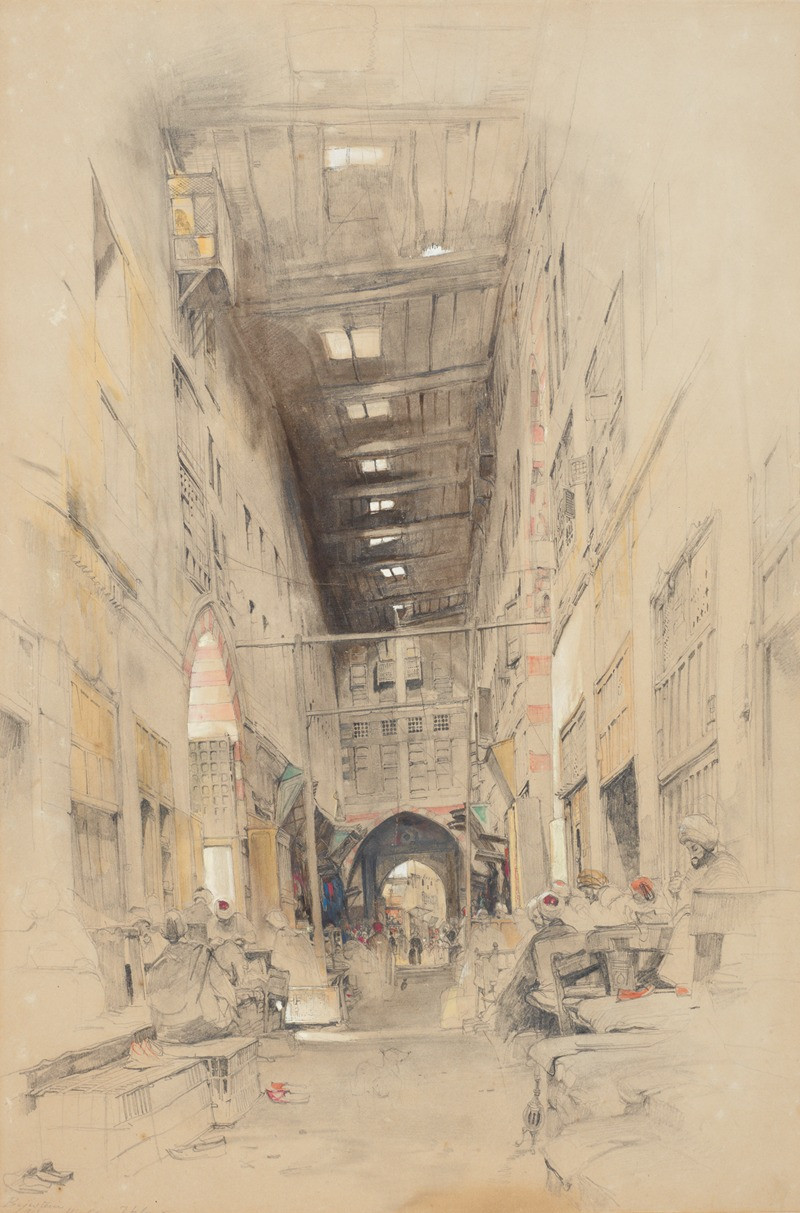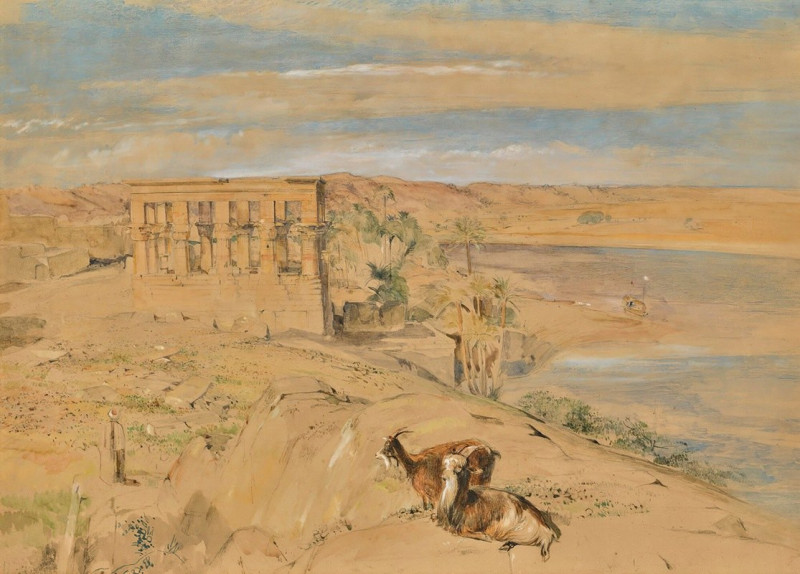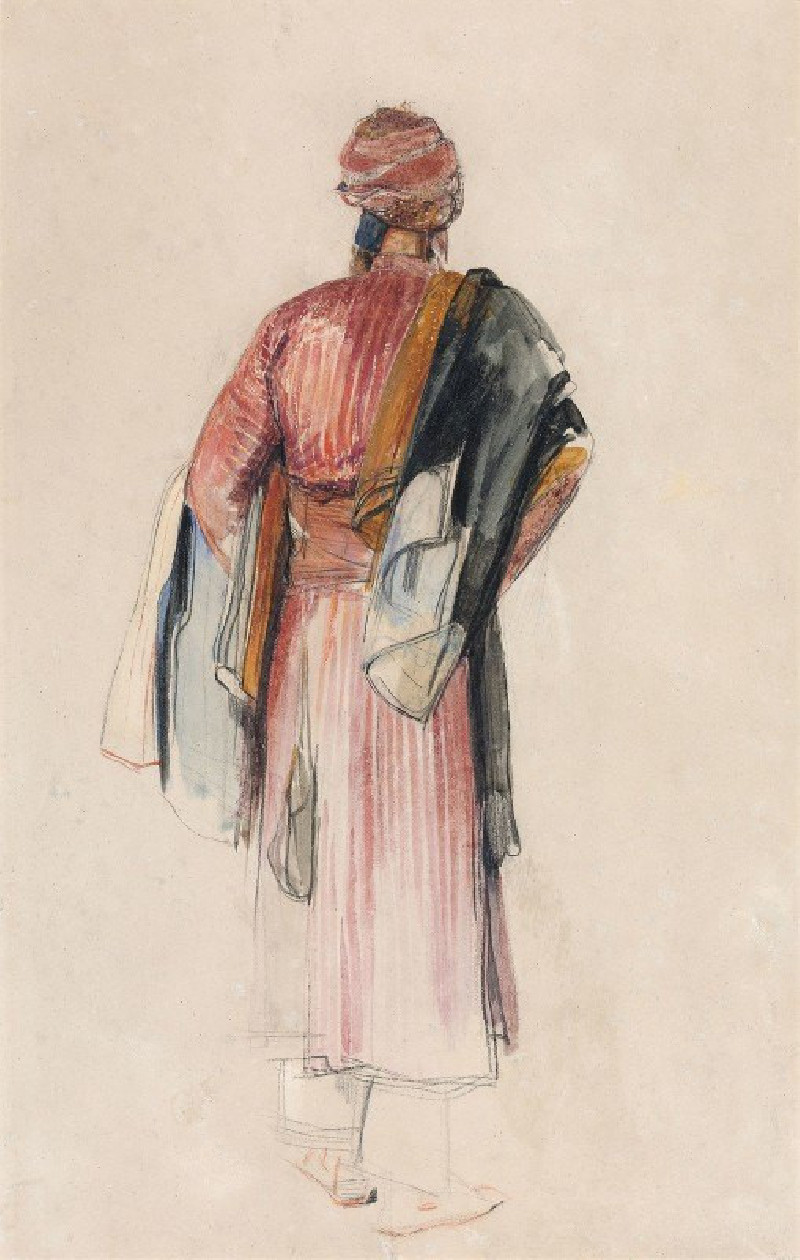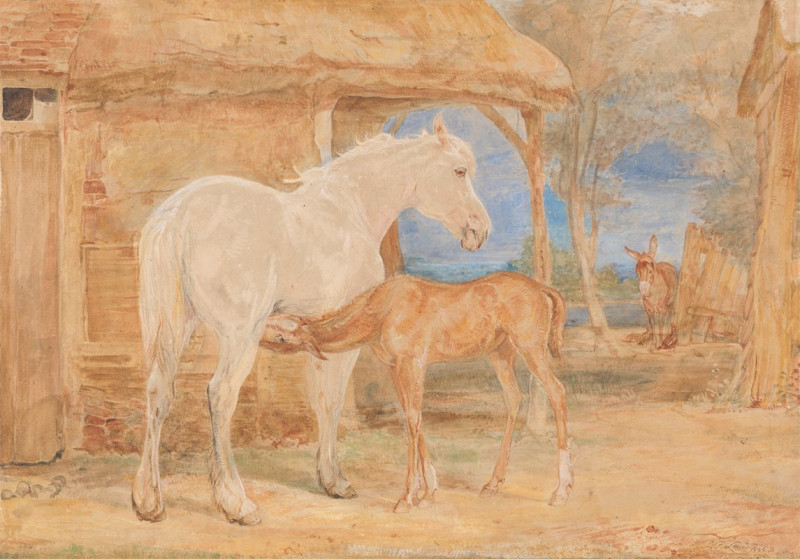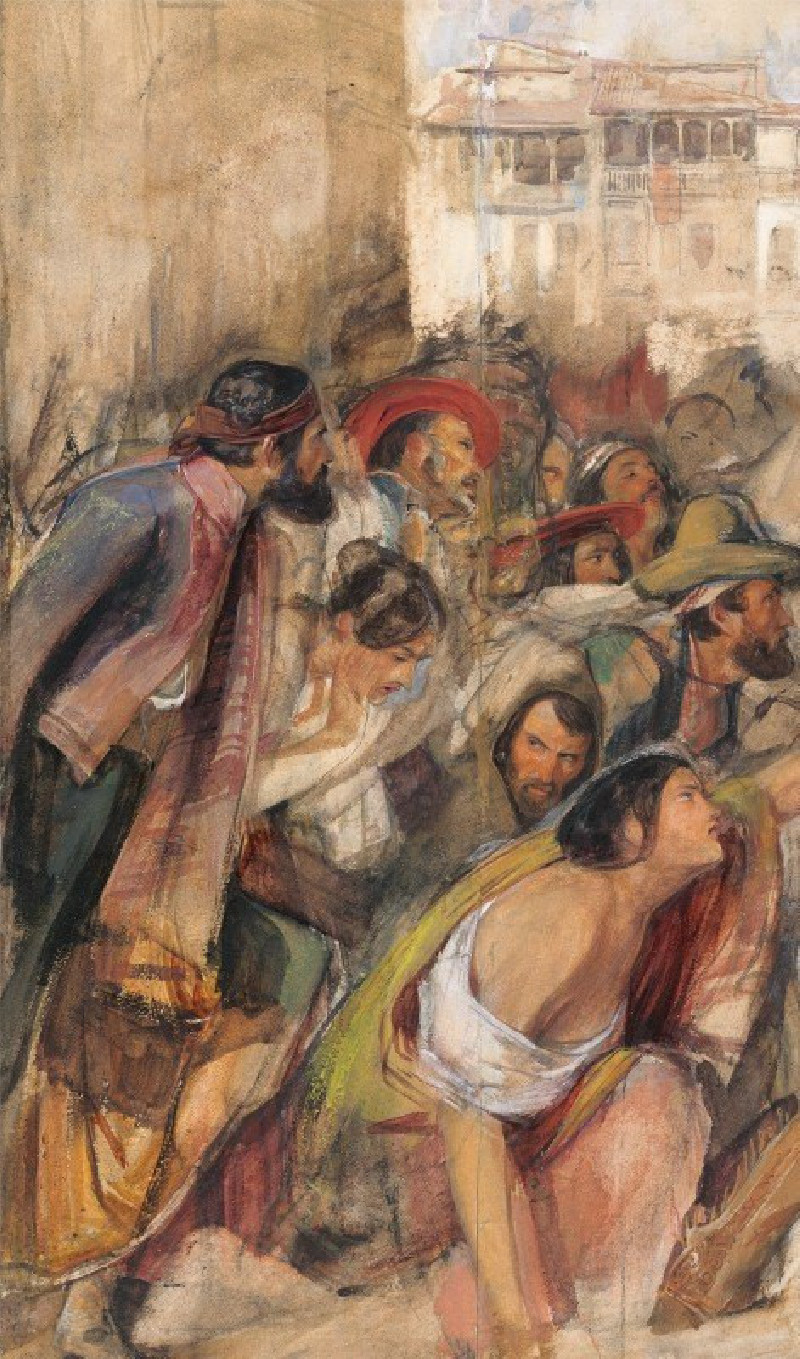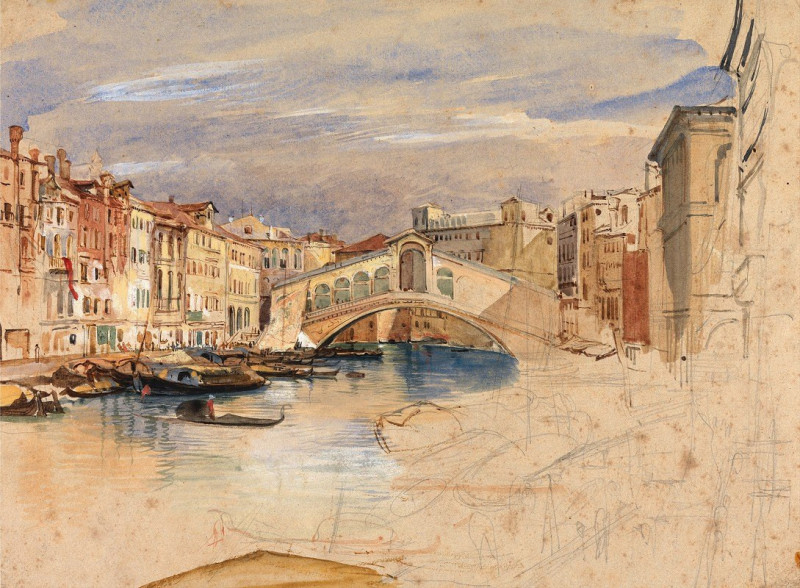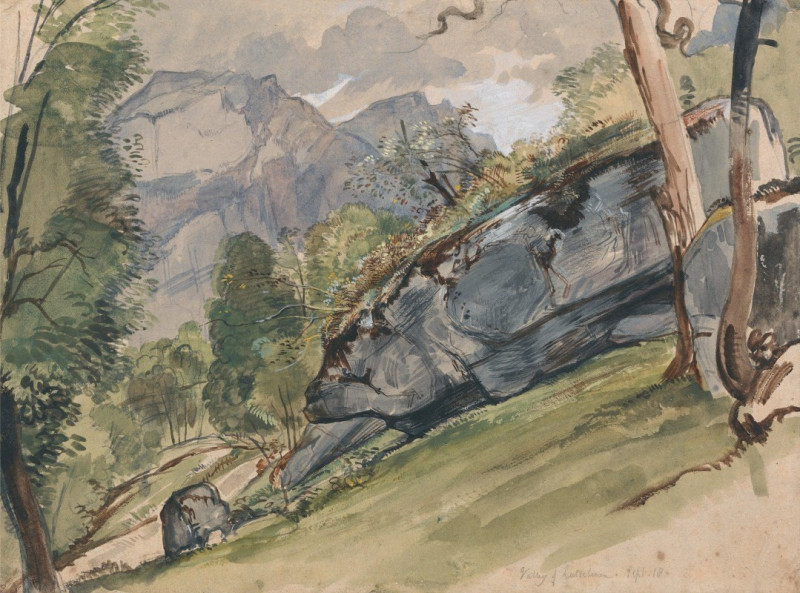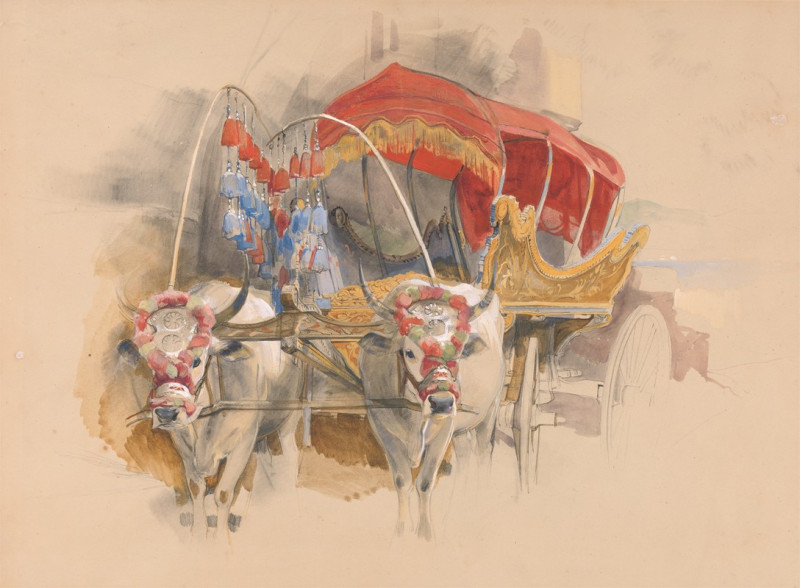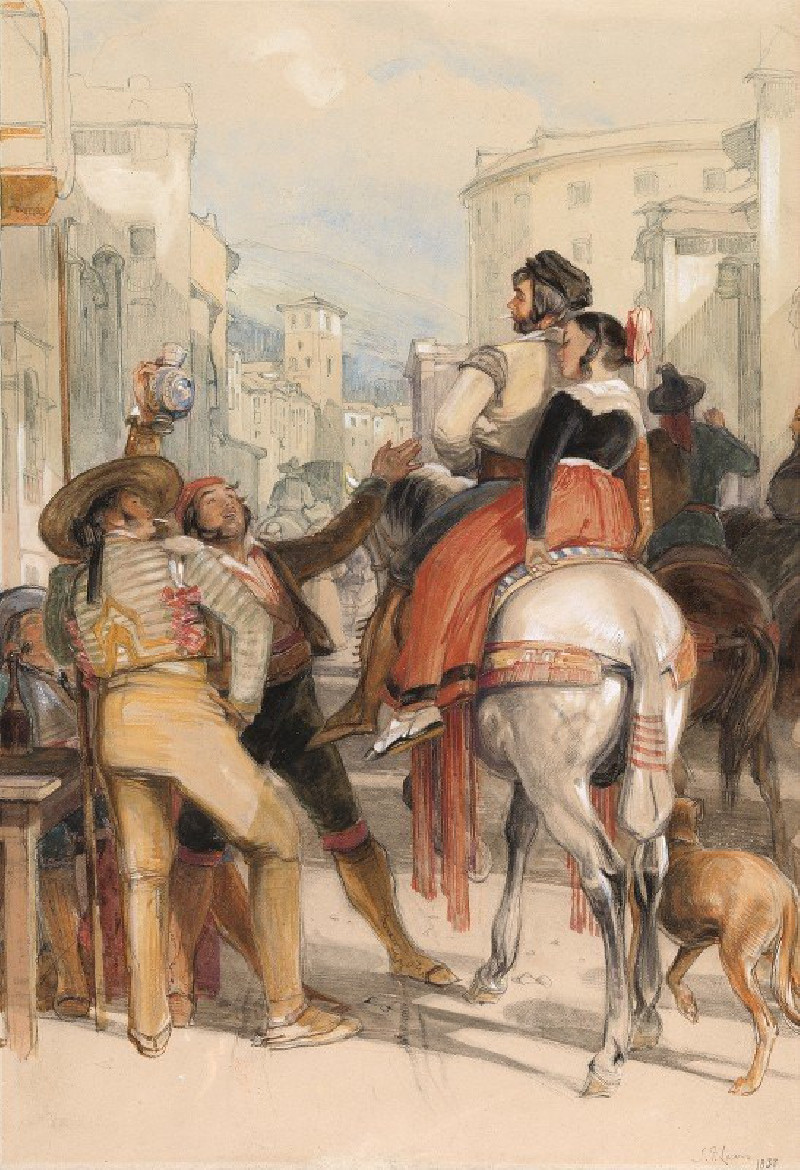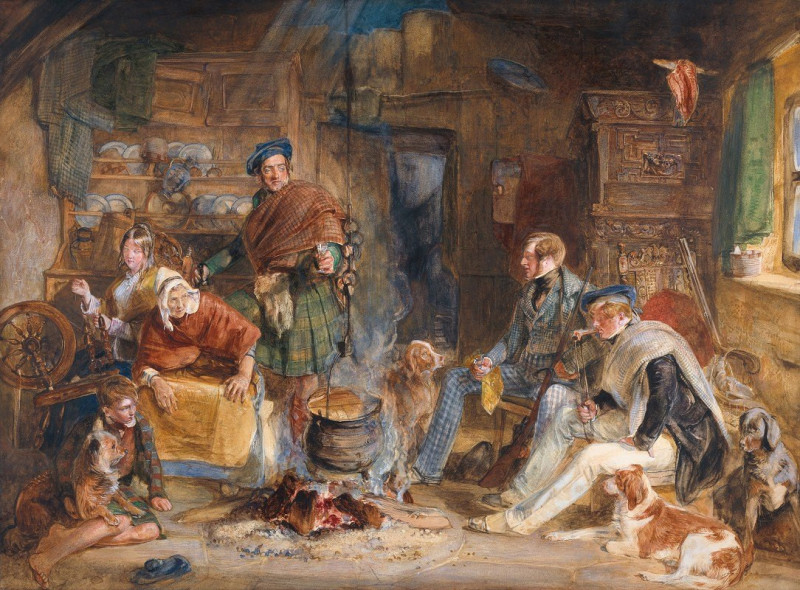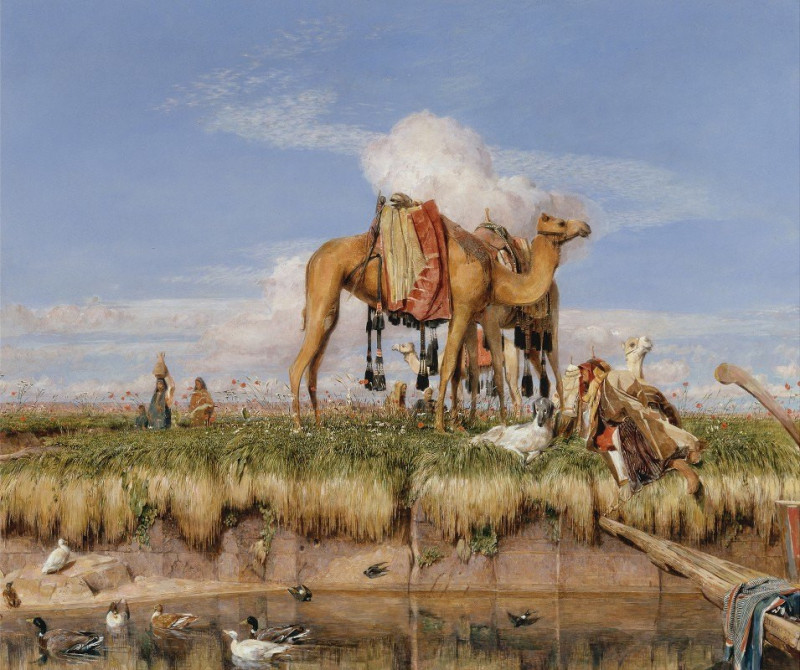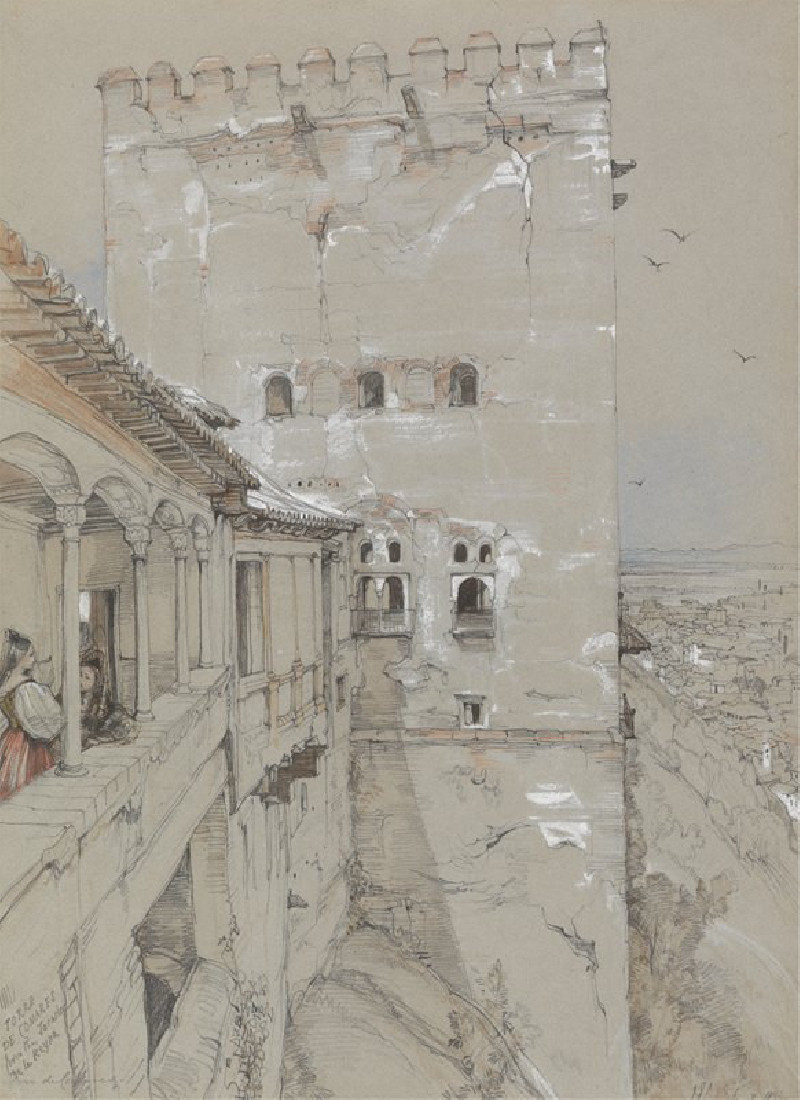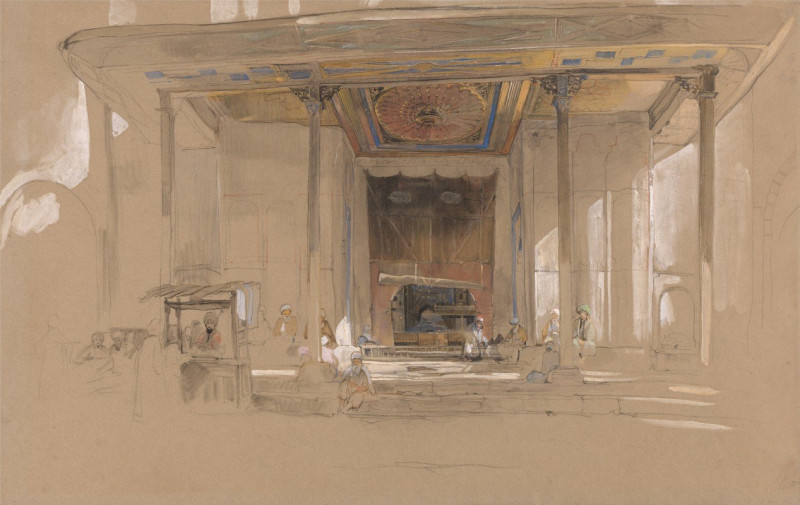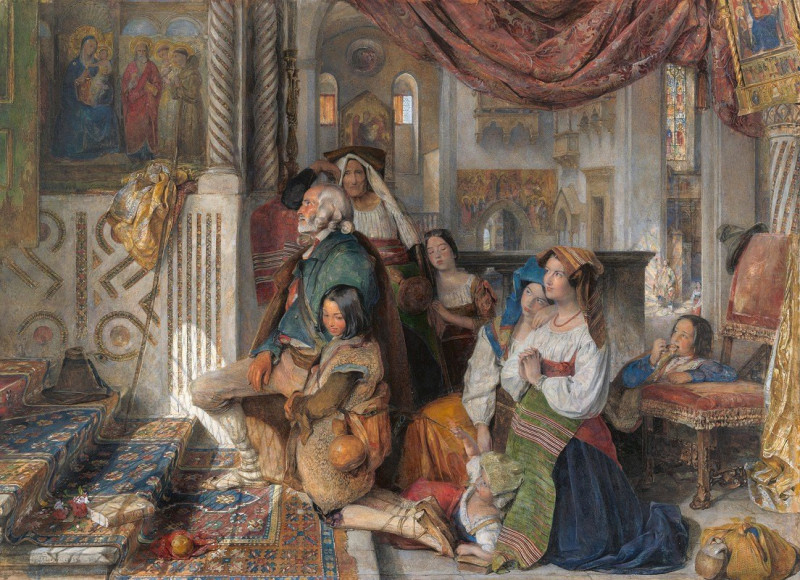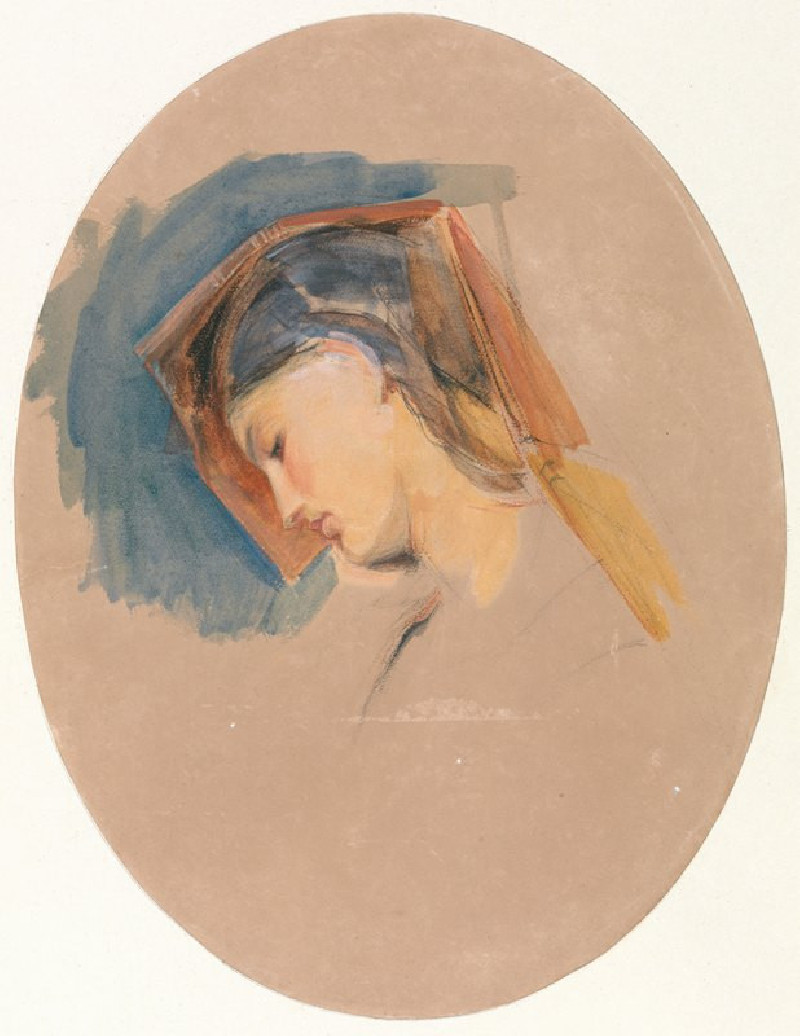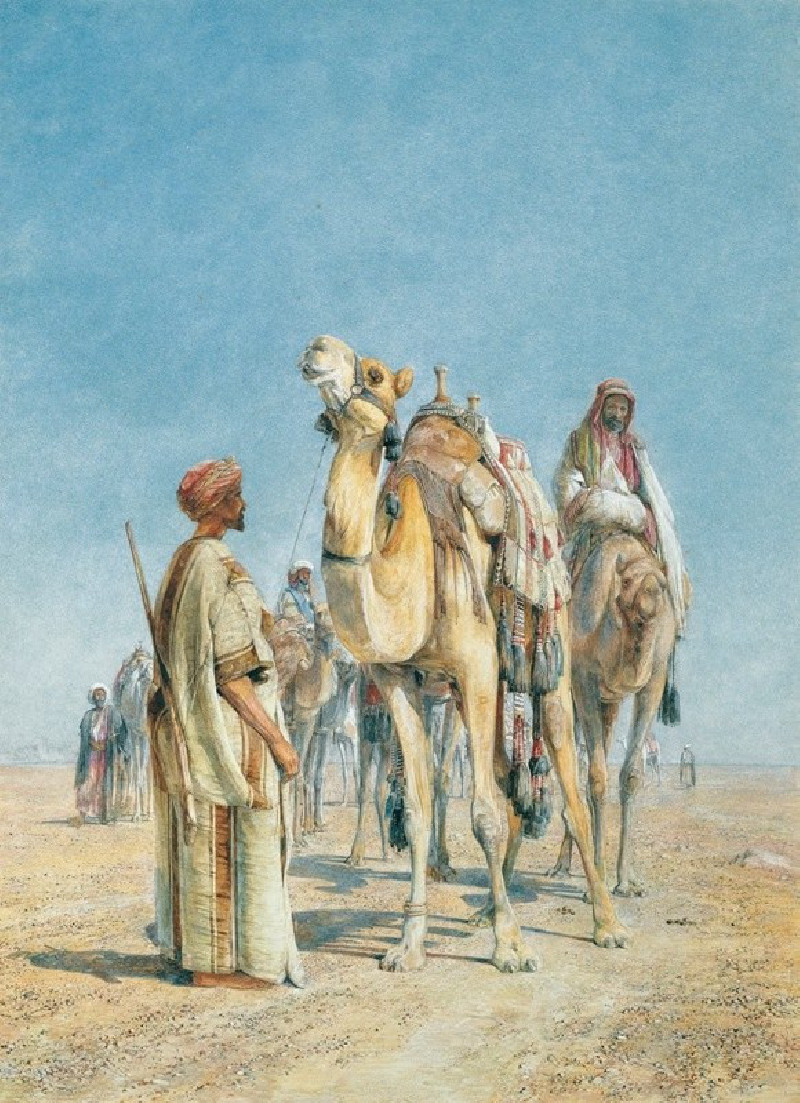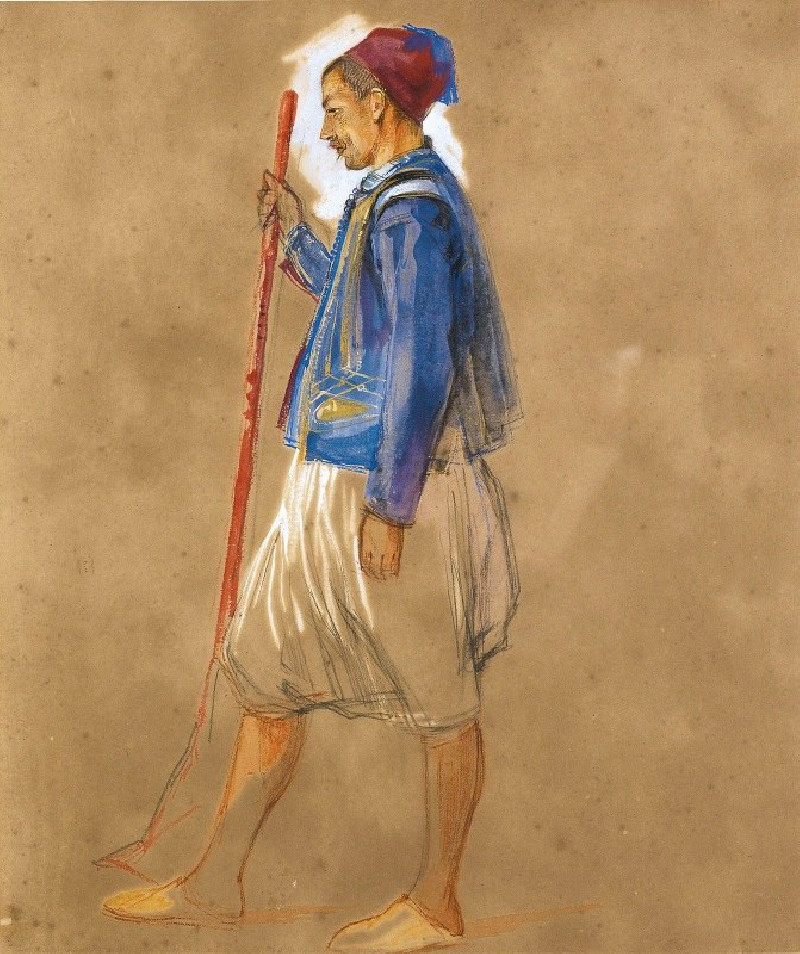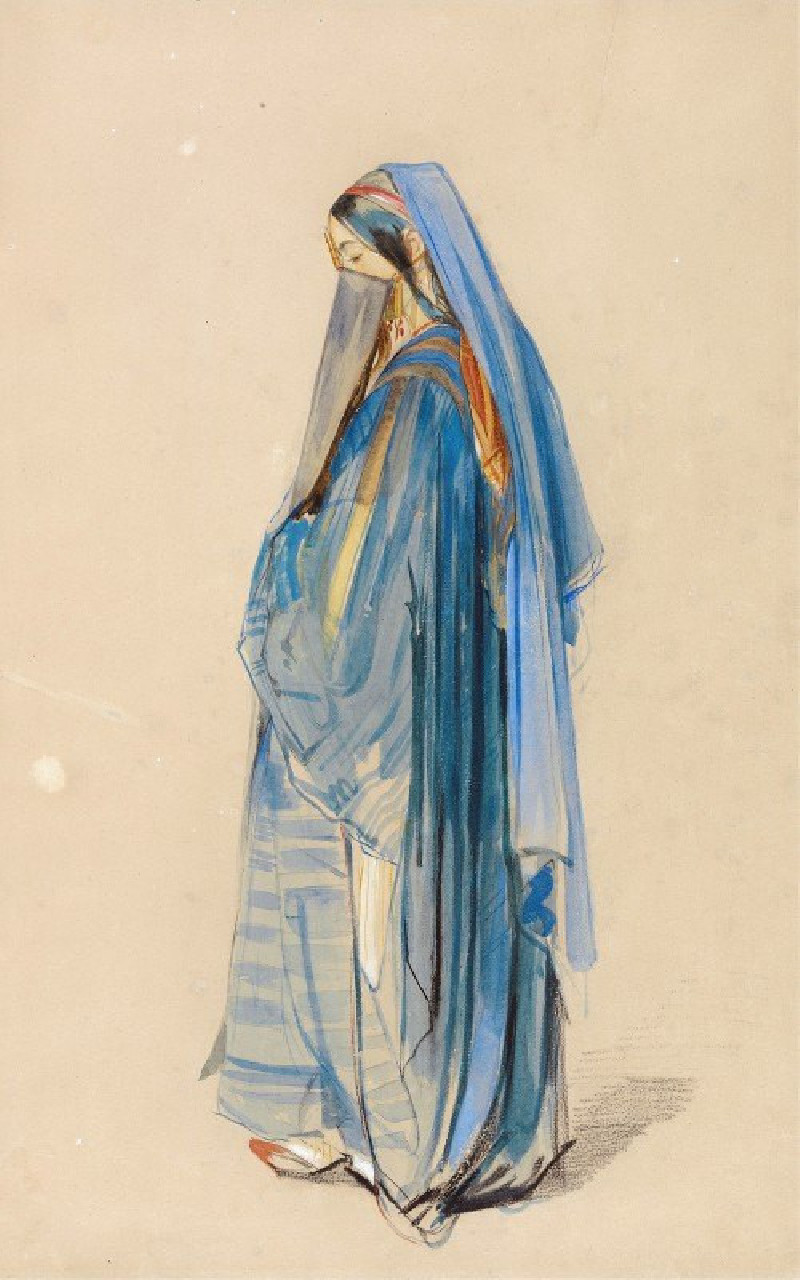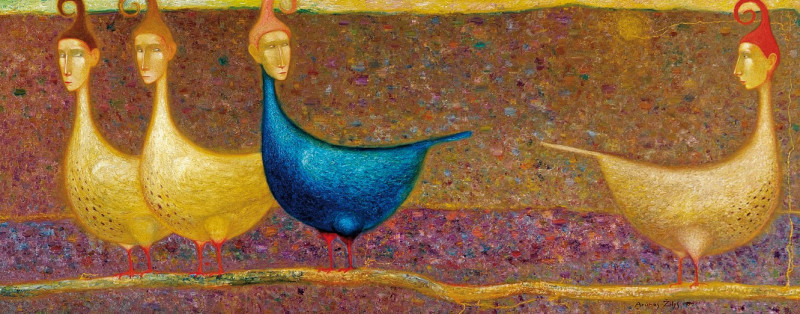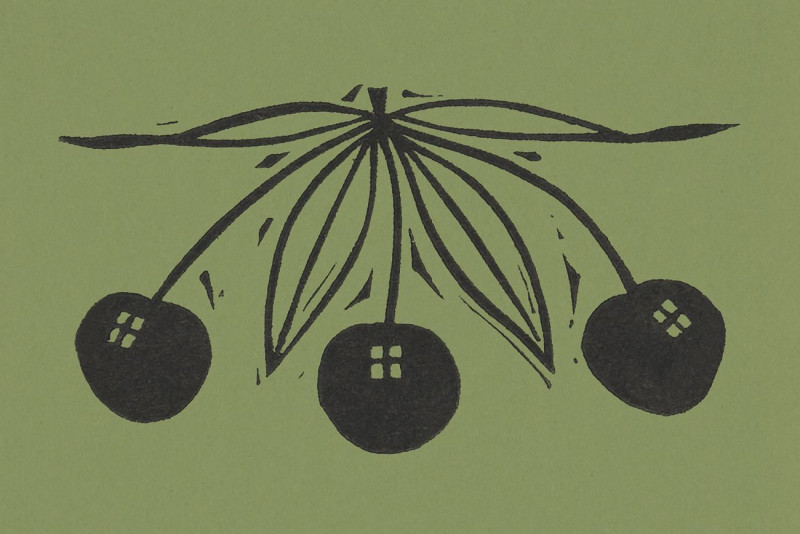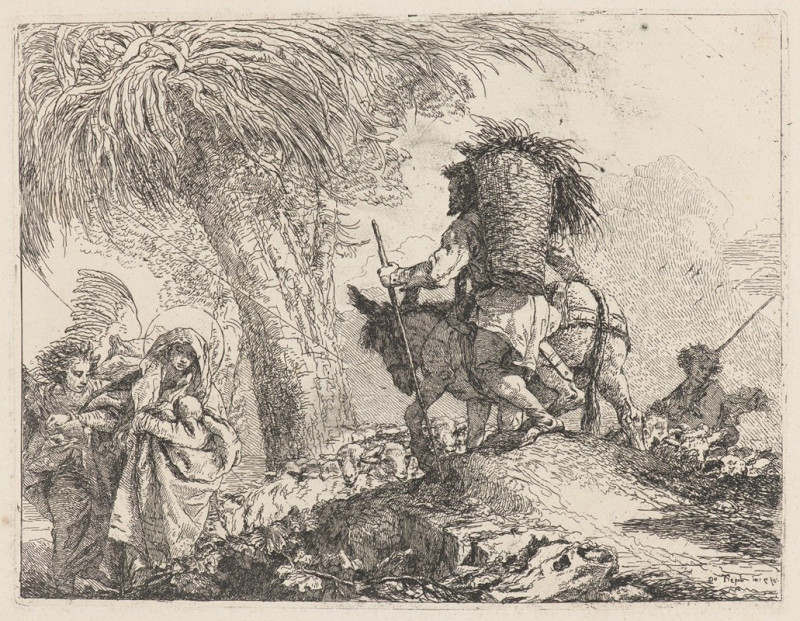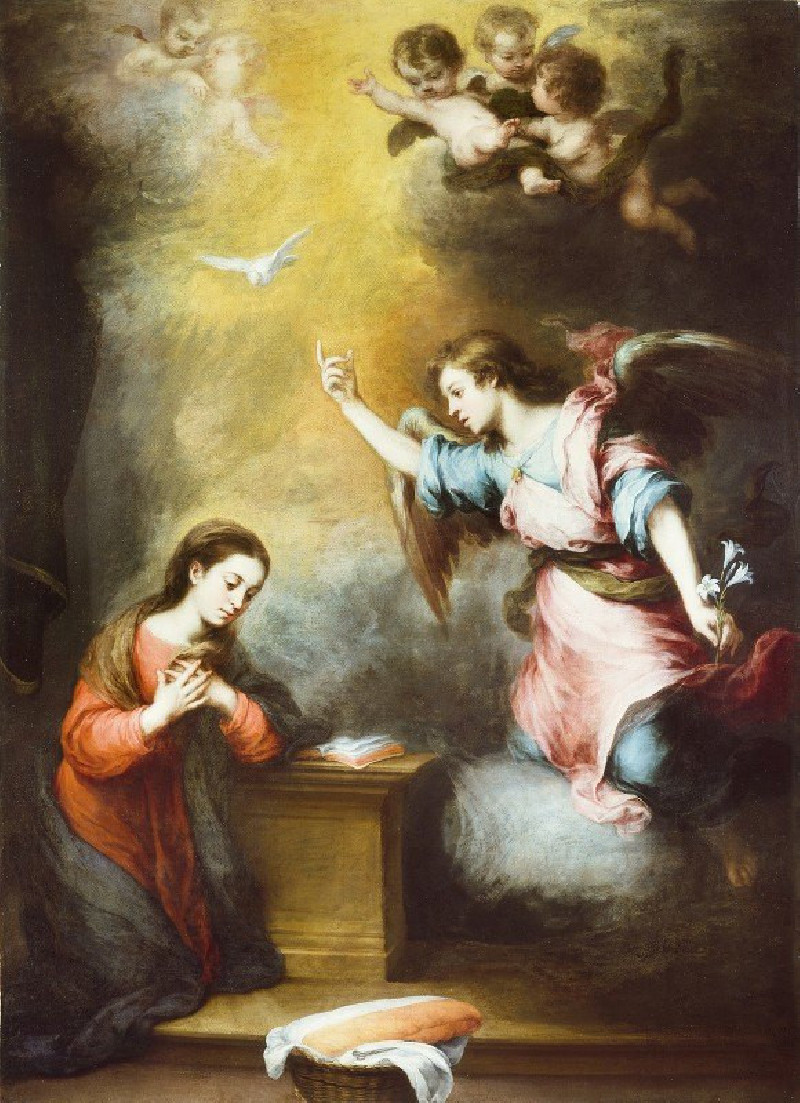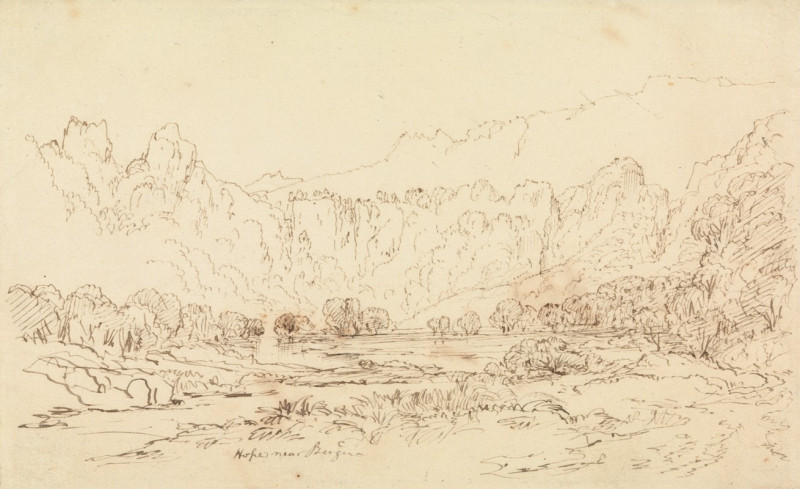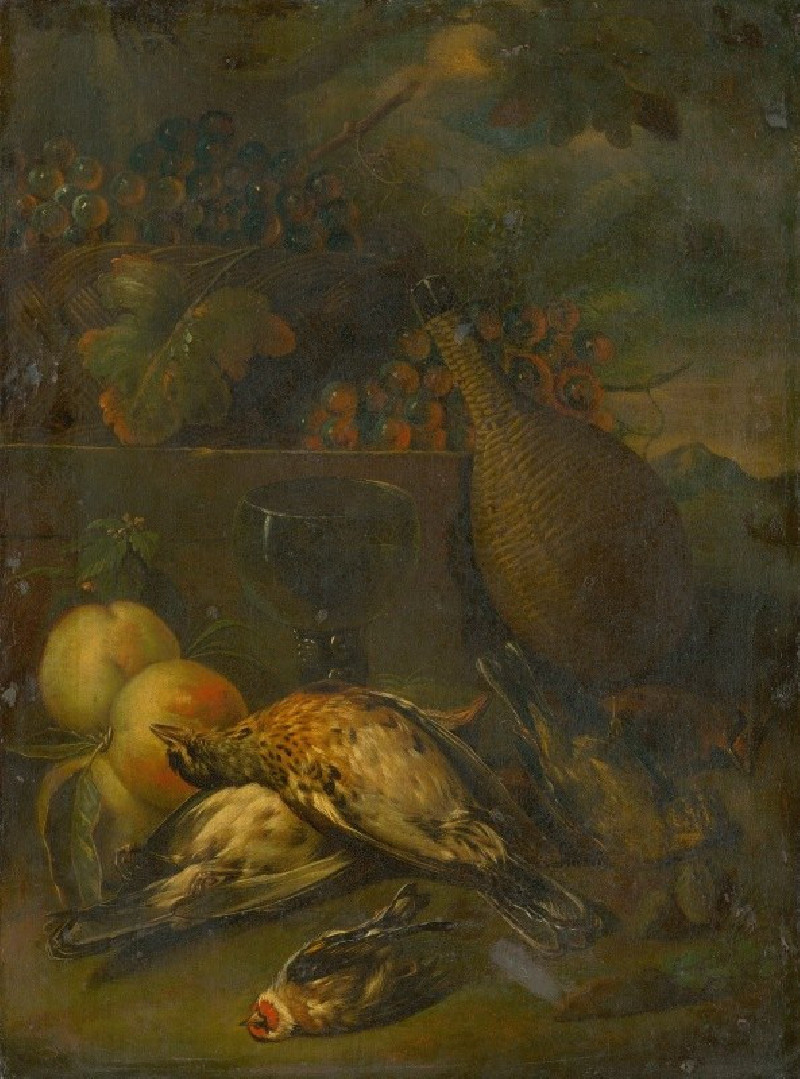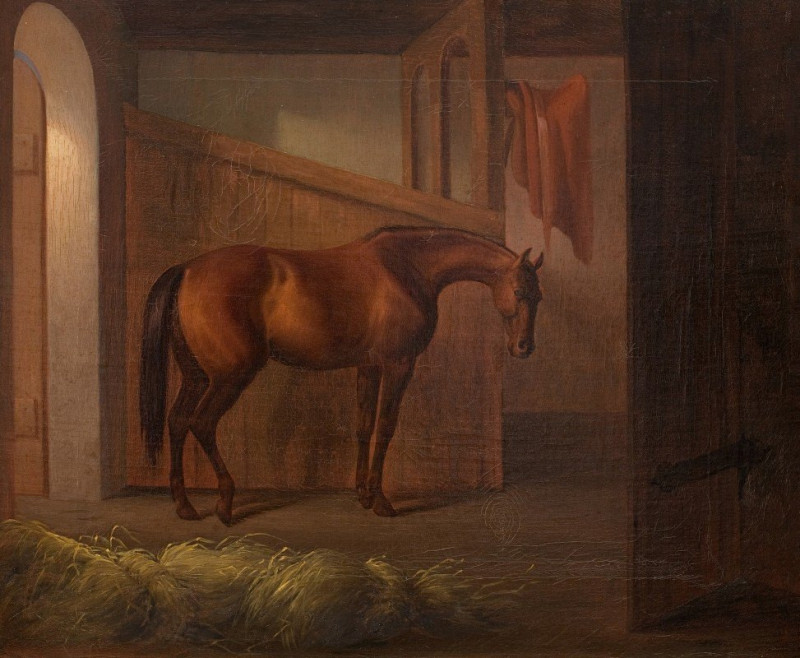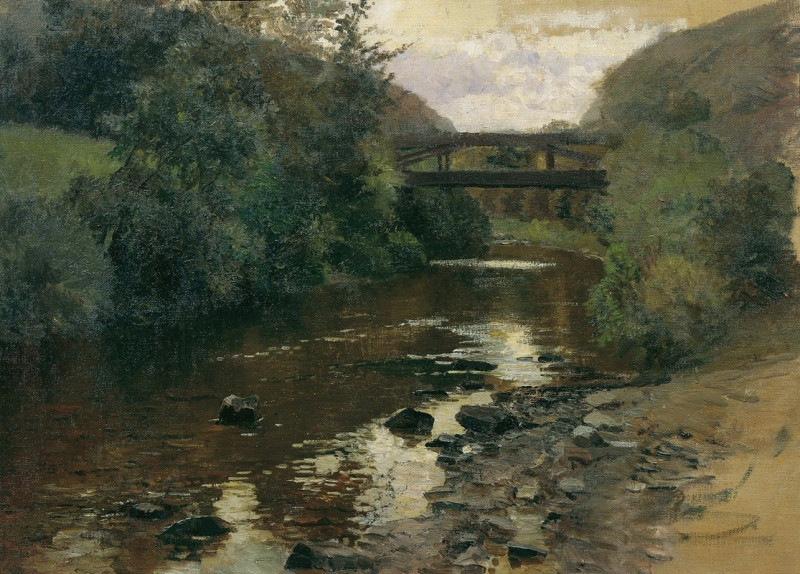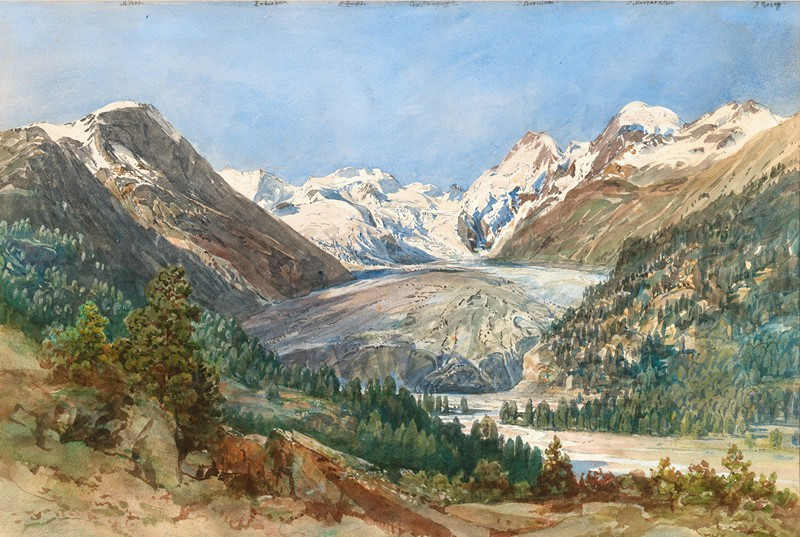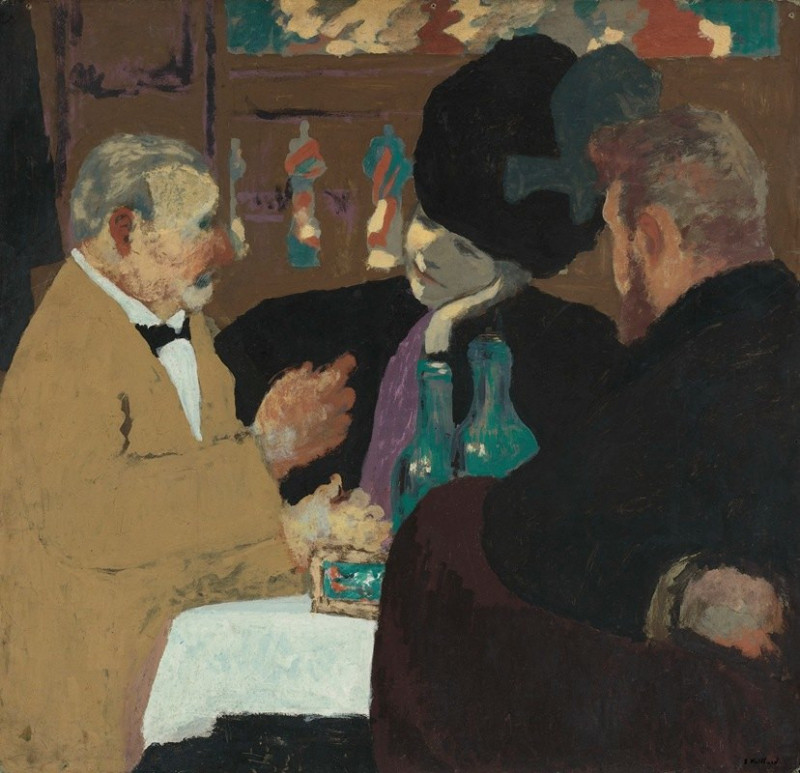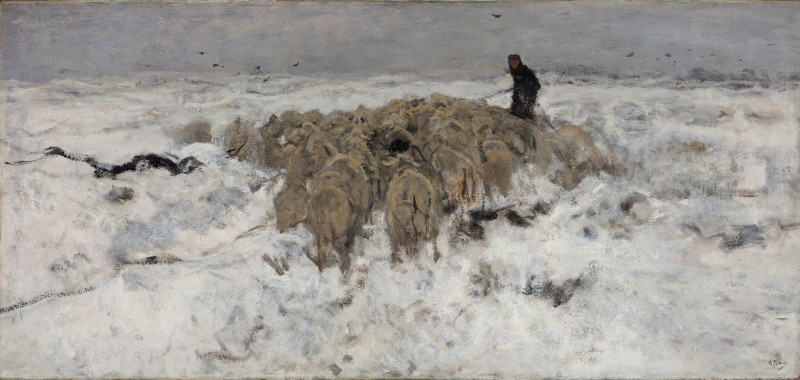The Harem (1876)
Technique: Giclée quality print
Recommended by our customers
More about this artwork
The painting "The Harem" by British artist John Frederick Lewis, dated 1876, offers a lavish glimpse into the private quarters typically associated with the wives and concubines of the wealthy in the Middle East. This work is renowned for its rich detail and textured representation of an Orientalist theme, a genre that was particularly popular in 19th-century European art.In this scene, the artist presents an intimate interior filled with sumptuous fabrics and intricate architectural detail. The room is adorned with ornate wooden carvings, colorful hanging textiles, and finely crafted furniture, emphasizing the luxury that often characterizes Western perceptions of Eastern opulence.Central to the composition are several women dressed in elaborate costumes that reflect their status and wealth. Their attire is ornate, with vibrant colors and fine materials, highlighting Lewis’s attention to detail and his skill in rendering different textures. One woman reclines on richly adorned cushions, engaging in conversation with another who sits beside her, dressed in a striking yellow robe. The interaction suggests a relaxed, albeit decadent, daily life within the secluded spaces of a harem.A standing figure on the left, likely a servant, adds to the narrative of daily life in such settings, showcasing activities within the domestic sphere of the harem. Animals, such as the small dog in the foreground, were often included in such paintings to add a touch of domesticity and liveliness.Lewis's painting not only captures the visual opulence of the harem but also invites viewers to reflect on the cultural and social implications of such representations. While it offers a meticulous and luxurious portrayal, it is also a product of its time, influenced by the Western fascination with exotic, orientalized cultures.
Delivery
Returns
John Frederick Lewis was an English Orientalist painter. He specialized in Oriental and Mediterranean scenes in detailed watercolour or oils, very often repeating the same composition in a version in each medium. He lived for several years in a traditional mansion in Cairo, and after his return to England in 1851 he specialized in highly detailed works showing both realistic genre scenes of Middle Eastern life and more idealized scenes in upper class Egyptian interiors with little apparent Western influence.

